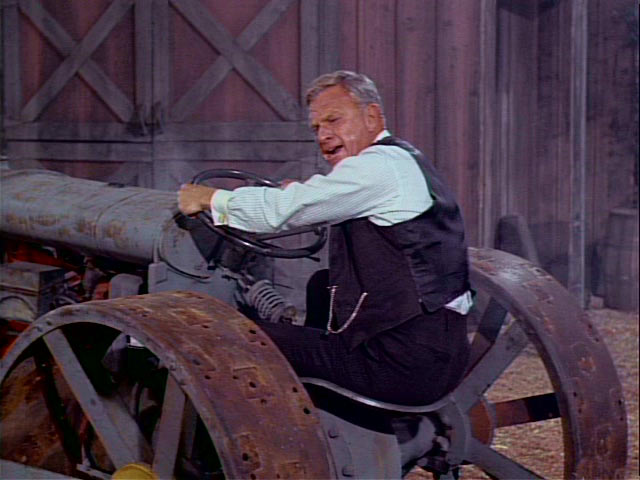
Posted on 07/06/2012 9:26:10 PM PDT by SunkenCiv
Explanation: How would you change the course of an Earth-threatening asteroid? One idea - a massive spacecraft that uses gravity as a towline - is illustrated in this dramatic artist's view of a gravitational tractor in action. In the hypothetical scenario worked out in 2005 by Edward Lu and Stanley Love at NASA's Johnson Space Center, a 20 ton nuclear-electric spacecraft tows a 200 meter diameter asteroid by simply hovering near the asteroid. The spacecraft's ion drive thrusters are canted away from the surface. The steady thrust would gradually and predictably alter the course of the tug and asteroid, coupled by their mutual gravitational attraction. While it sounds like the stuff of science fiction, ion drives do power existing spacecraft and a gravitational tractor would work regardless of the asteroid's structure or surface properties.
(Excerpt) Read more at 129.164.179.22 ...
[Credit & Copyright: Dan Durda (FIAAA, B612 Foundation)]
|
Of course, catch it in a tractor beam.
APoD topic, but relates to asteroid impact threat.
|
It’ll be the tractor story.
Ion Drive sounds great, and this concept would work, if you could just build the ship right in front of the asteroid.
Otherwise, getting the ship ‘to’ an asteroid, and then getting it ‘parked’ in front of it, might require a bit more than an Ion Drive.
Another challenge would be trying to alter the ‘course’ of an asteroid. Although possible, it would take a really, really, really, long time.
Why don’t they just drive an anchor into the asteroid and attach a rope to it ?

If you can deflect an asteroid FROM Earth, you can deflect an asteroid TOWARD Earth.
LinkAnother challenge would be trying to alter the ‘course’ of an asteroid. Although possible, it would take a really, really, really, long time.The Dawn spacecraft uses ion propulsion to get the additional velocity needed to reach Vesta once it leaves the Delta rocket. It also uses ion propulsion to spiral to lower altitudes on Vesta, to leave Vesta and cruise to Ceres and to spiral to a low altitude orbit at Ceres. Ion propulsion makes efficient use of the onboard fuel by accelerating it to a velocity ten times that of chemical rockets. This efficiency is measured in terms of the specific impulse of the fuel
Given enough time (probably millions of years) and using ever more massive bodies for slingshot maneuvers, we can move planets.
Dr Evil, I presume
Dr Evil, I presume

Nothing runs like a Hoyt Clagwell.
It might be spinning. You would just have a massive yoyo that winds up the rope and smashes the satellite.
It might be an unstable agglomeration of smaller bits, no good place to put an anchor.
The use of the gravitational link does mean that you can't move small mass asteroids any faster than large ones, which is a problem as you don't generally see them as soon.
Some folks do have interesting work.
Especially when the operator is wearing his “Tractor Driving Suit”!
My cousin Marvin’s tow truck could do this for less money. The asteroid has to be in neutral, though.

I promise not to deflect a 200 meter asteroid into the Atlantic continental shelf off North Carolina.
If I am properly compensated, I mean.
Disclaimer: Opinions posted on Free Republic are those of the individual posters and do not necessarily represent the opinion of Free Republic or its management. All materials posted herein are protected by copyright law and the exemption for fair use of copyrighted works.